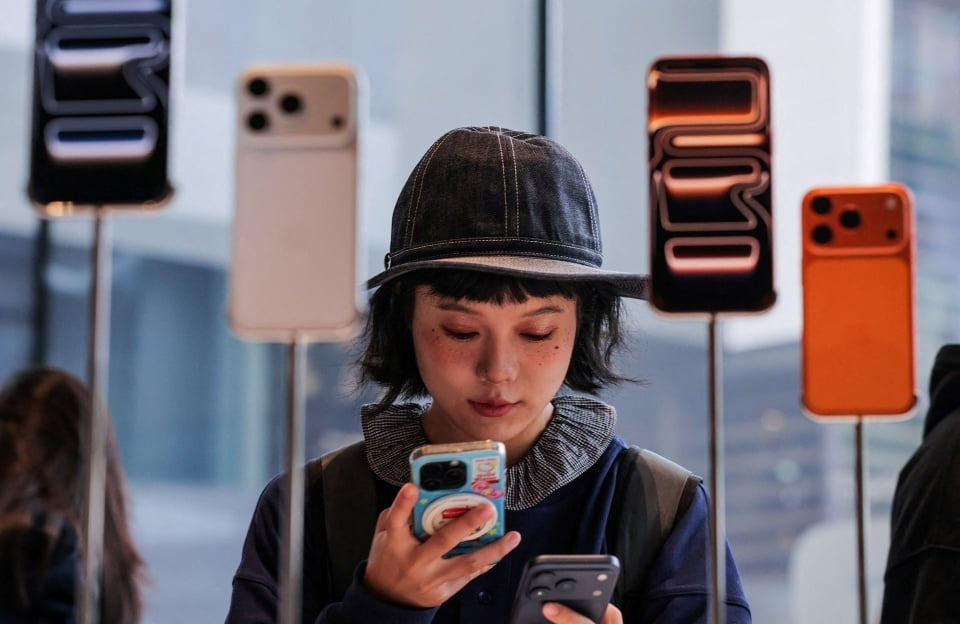 |
Users experience iPhone 17 at an Apple store in China. Photo: Reuters . |
According to data from market research firm Counterpoint Research , iPhone sales in China in the month since the iPhone 17 series hit shelves increased 22% compared to the same period last year.
This is considered a positive signal in a period of market weakness. Since the iPhone 17 went on sale in China on September 19, this model has accounted for 4/5 of iPhones sold to users.
For comparison, iPhone sales in China fell 5% in the first month after the iPhone 16 series hit shelves (September 2024).
According to Reuters , hundreds of people came to the Apple store in Beijing on the first day of sale (September 19). This is a sign that a large number of Chinese users still support Apple, despite fierce competition from Xiaomi and Huawei.
However, Counterpoint Research said the Chinese smartphone market remained weak due to falling demand, with total third-quarter sales down 2.7% year-on-year.
For Apple, iPhone sales in China fell 2% in the third quarter. Although older models sold slowly, the iPhone 17 series attracted a lot of attention, especially the standard iPhone 17, which increased memory from 128 to 256 GB but kept the starting price the same.
“Apple's pricing strategy is putting huge pressure on Android brands in the premium segment, which have flagship-level prices,” said analyst Mengmeng Zhang from Counterpoint Research .
In the third quarter, Vivo's market share fell to 18.5% amid fierce market competition. However, its diverse product portfolio still helps the company maintain its leading position, with notable models including Vivo S30, X200, Y300 and Y500.
For Huawei, sales of the Mate 70 and Pura 80 series were lower than their predecessors, while the Nova 14 still recorded good sales. According to analysts, the brand faces challenges when new smartphones use HarmonyOS NEXT, a limited ecosystem.
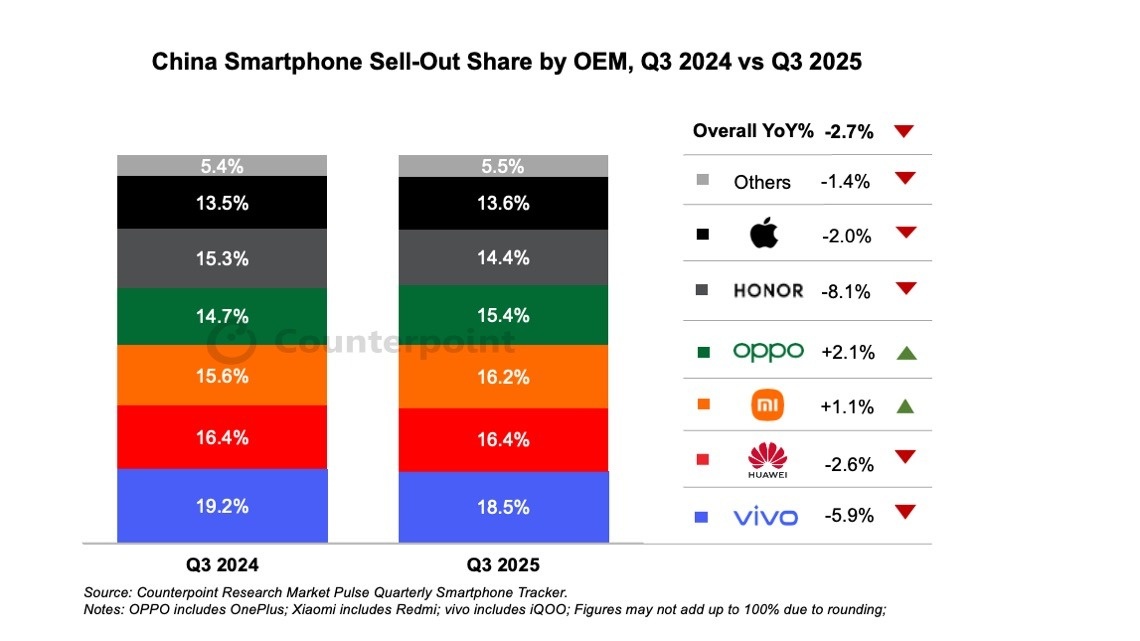 |
Market share and sales growth of top 6 smartphone brands in China in Q3. Photo: Counterpoint Research . |
In the third quarter, Oppo recorded the strongest growth compared to the same period last year (2.1%) thanks to stable sales of the Reno 14 series, combined with the growth momentum of its sub-brand OnePlus.
The OnePlus Ace 5 and OnePlus 13 series are popular among young users thanks to their good gaming performance, minimalist design and reasonable price. In terms of market share, Oppo ranked 4th with 15.4%.
Xiaomi also recorded positive growth over the same period (1.1%) thanks to best-selling models such as Redmi Note 15 or Redmi K80. The Xiaomi 17 series launched in September also created great attraction, especially with Xiaomi 17 Pro and 17 Pro Max.
Honor's sales in the third quarter fell 8.1% year-on-year. In the low-cost segment, the X70 series stands out with its 8,300 mAh battery, fast charging support and high durability. Recently, Honor has gradually shifted its focus from smartphones to an AI-focused ecosystem.
Analysts predicted that the Chinese smartphone market would be more active in the fourth quarter. In fact, this happened, with total sales in the first two weeks of October increasing by 11% compared to the same period last year.
During this period, Apple still contributed the most thanks to the appeal of the iPhone 17 series. Analysts noted that sales of the standard iPhone 17 in September in China nearly doubled compared to the iPhone 16 in the same period.
“Entering October, the iPhone 17 Pro attracted a lot of attention. Data shows that the sales growth of this model is nearly two-thirds higher than that of the iPhone 16 Pro last year,” analyst Mengmeng Zhang emphasized.
Source: https://znews.vn/doanh-so-iphone-tang-tai-trung-quoc-post1602961.html


![[Photo] Action for the Community tells stories of enduring journeys – both intimate and great, yet quiet and determined](https://vphoto.vietnam.vn/thumb/1200x675/vietnam/resource/IMAGE/2025/11/15/1763179022035_ai-dai-dieu-5828-jpg.webp)
![[Photo] Exciting contest of skillful red fruit picking and creativity from Son La coffee beans](https://vphoto.vietnam.vn/thumb/1200x675/vietnam/resource/IMAGE/2025/11/15/1763201832979_ndo_bl_3-jpg.webp)
![[Photo] General Secretary To Lam receives Governor of Kanagawa Province (Japan) Kuroiwa Yuji](https://vphoto.vietnam.vn/thumb/1200x675/vietnam/resource/IMAGE/2025/11/15/1763204231089_a1-bnd-7718-5559-jpg.webp)

![[Photo] The Government Standing Committee reviews the planning project of the Red River landscape avenue axis](https://vphoto.vietnam.vn/thumb/1200x675/vietnam/resource/IMAGE/2025/11/15/1763197032149_dsc-0163-jpg.webp)

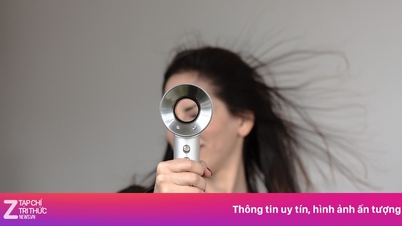
































































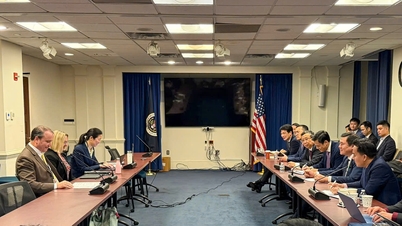






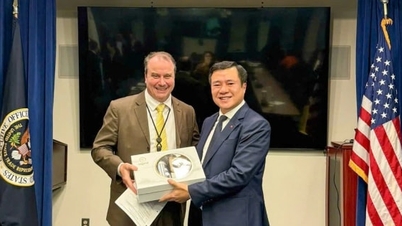

















Comment (0)